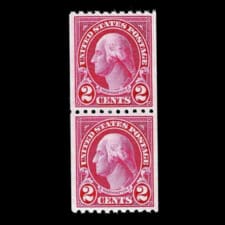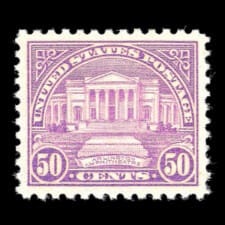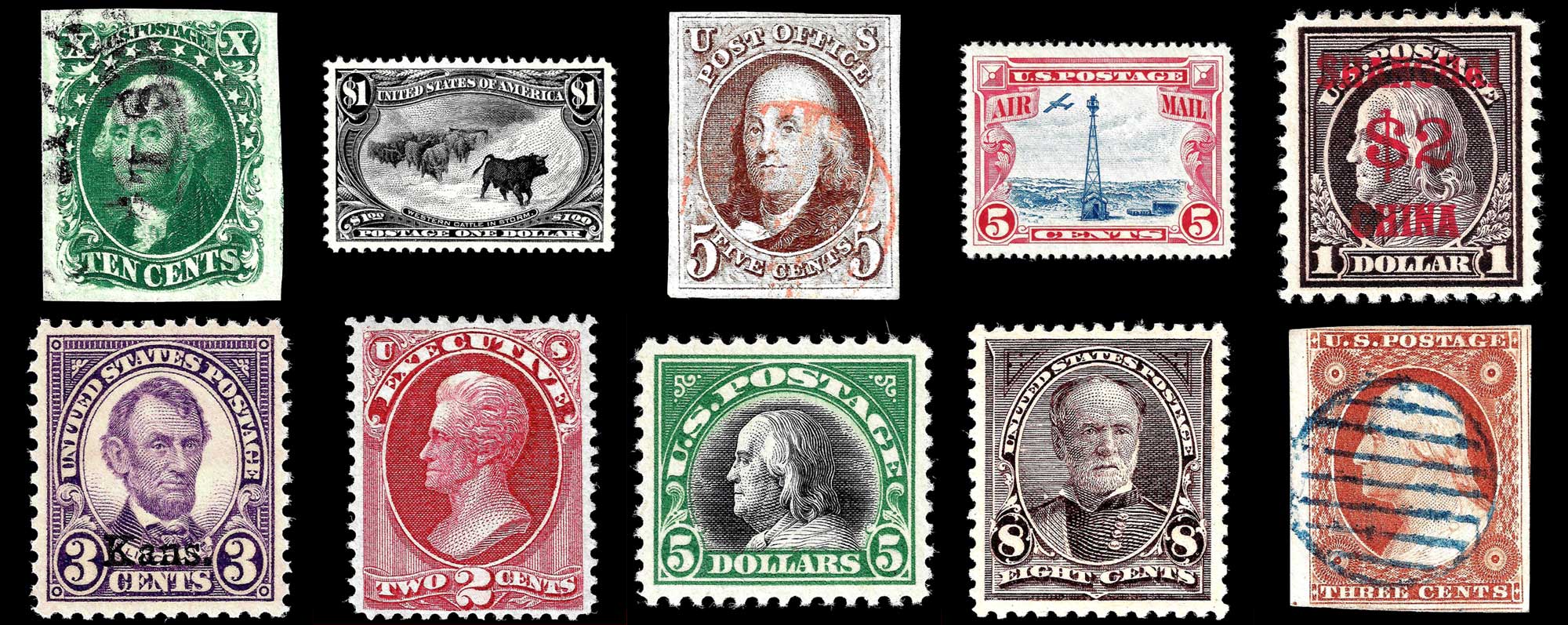Stamp grading plays a pivotal role in determining a stamp’s value and market appeal. Whether you’re a seasoned collector or just starting out, understanding how stamp grading works can help you make informed decisions when buying, selling, or submitting stamps for certification.
What Is Stamp Grading?
Stamp grading is the process of evaluating a stamp’s condition using standardized criteria. In 2001, Professional Stamp Experts (PSE) introduced a numerical grading system for U.S. postage stamps that is now widely used. The system assesses three key elements:
- Centering
- Soundness
- Eye appeal
These factors are used to assign a grade between 5 and 100, where 100 represents a flawless example of a specific issue.
The Three Key Factors in Stamp Grading
Centering
Centering refers to how well the stamp’s design is positioned within its margins. A perfect score (100) indicates symmetrical margins on all four sides. Lower scores reflect progressively more off-center designs.
Soundness
Soundness assesses the physical integrity of the stamp. Factors like tears, creases, thins, fading, and repairs all affect a stamp’s soundness. Stamps with severe faults, significant damage, or alterations typically will not be graded.
Eye Appeal
Eye appeal evaluates visual characteristics, including color intensity, clarity, freshness, and, for used stamps, the cancellation quality. Neat cancellations can raise the grade, while heavy obliterations may lower it.
Understanding the Grading Scale
Each grade reflects a combination of centering, soundness, and visual appeal. Here’s a breakdown of commonly assigned grades:
- 100 (Gem): Perfect centering, flawless condition, excellent visual appeal.
- 98 (Superb): Nearly perfect centering; minor factors may separate it from a Gem.
- 95 (Extremely Fine to Superb): Slight off-centering visible under close inspection.
- 90 (Extremely Fine): Very well-centered; minor unevenness is visible without magnification.
- 85 (Very Fine to Extremely Fine): Noticeably off-center compared to higher grades.
- 80 (Very Fine): Standard grade; ample margins with design clear of perforations.
- 75 (Fine to Very Fine): One or more edges approach the perforations.
- 70 and Below (Fine or Lower): Margins may touch or cut into the design; may include faults.
The “J” Suffix: Jumbo Margins
Some stamps may receive a “J” suffix, indicating unusually large margins. For example, a 98J stamp features larger-than-normal margins, enhancing its appeal and value.
Mint Stamps and Gum Condition Notations
Mint stamps are evaluated for gum condition. Common terms include:
- OG NH – Original Gum, Never Hinged
- OG PH – Original Gum, Previously Hinged
- OG H – Original Gum, Hinged
- DOG – Disturbed Original Gum
- RG / NG – Regummed or No Gum
On the SMQ (Stamp Market Quarterly) website, these are typically grouped as:
- NH – Never Hinged
- OG PH – Hinged
- NG – Without original gum
How Grading Affects Stamp Value
Grading has a significant impact on a stamp’s market price. A perfectly graded Gem 100 example may command many times the price of the same stamp graded 80 or below.
Several factors influence value:
- Centering and Soundness
- Eye Appeal
- Gum Condition
- Margins (especially Jumbo margins)
The SMQ pricing guide on GradingMatters.com allows collectors to check estimated values for each Scott-numbered stamp by grade.
Is My Stamp Worth Grading?
Things to Consider
- Avoid grading stamps with visible or known faults.
- Evaluate potential value after grading. A $30 grading fee makes little sense for a stamp only worth $20 in graded condition.
- Condition, rarity, and demand matter.
If a stamp has faults but still holds collectible or resale value, consider submitting it for authentication only rather than a full grade.
Authentication vs. Grading
Grading provides a numerical score, while authentication confirms the stamp’s legitimacy and describes its condition without assigning a grade. Some issues, like Washington-Franklin heads, often require certification for resale regardless of condition.
Accepted Grading Services
For U.S. and Canadian stamps, the four recognized grading organizations are:
- Professional Stamp Experts (PSE)
- The Philatelic Foundation (PF)
- Philatelic Stamp Authentication and Grading (PSAG)
- William Crowe
Each service has its own standards and fee structure, and results may vary between services.
PSE Grading Submission Process
To submit a stamp to PSE, follow these steps:
- Place the stamp in a rigid dealer card (e.g., SAFE brand).
- Insert the card into a thick plastic sleeve for added protection.
- Place all sleeves into a ziplock bag to prevent moisture.
- Package in a rigid mailer and send via padded flat rate envelope.
- Include the submission form, which can be downloaded from PSE’s website.
- Use signature tracking and optional insurance for shipment.
PSE Grading Fees
- Pre-1900 Stamps: 5% of Scott Catalogue value, $35 minimum, $600 maximum
- Post-1900 Stamps: 5% of Scott value, $25 minimum, $600 maximum
Other services follow similar pricing models with slight variations.
When to Use Other Services
If a stamp’s grade is disputed or seems off, consider submitting it to another service for a second opinion. Be sure that the potential value justifies additional grading fees.

















Ask A Question Or Leave A Comment